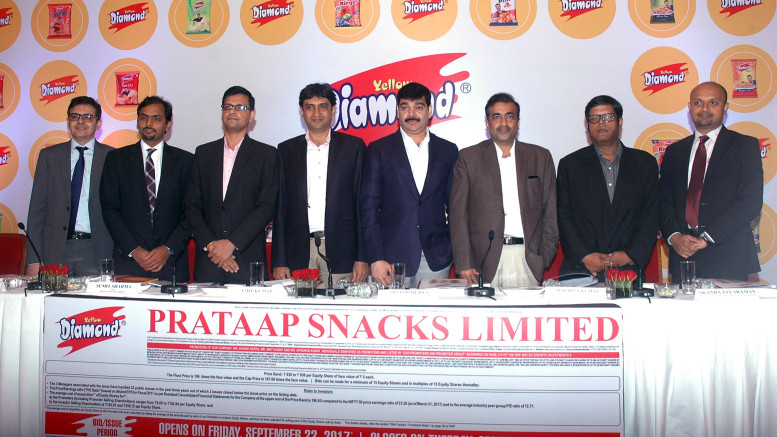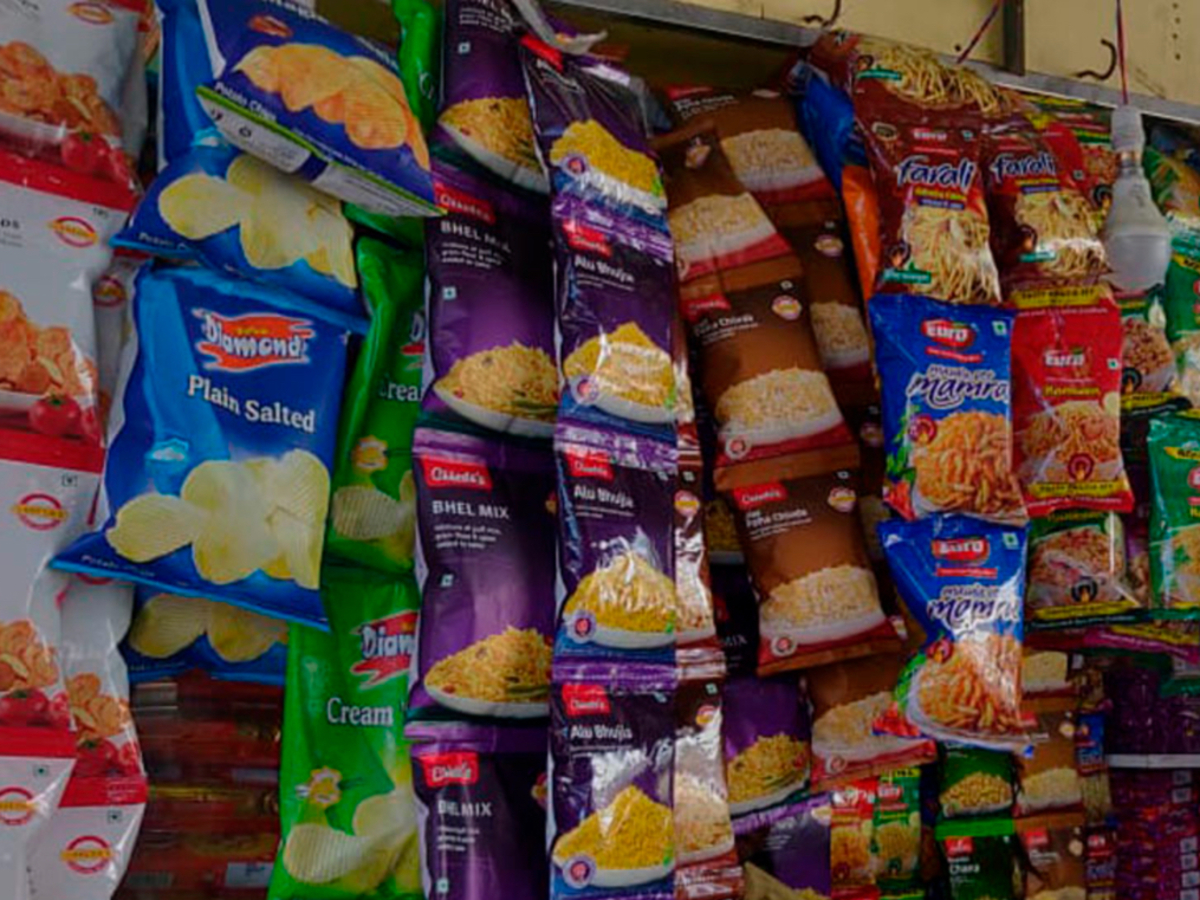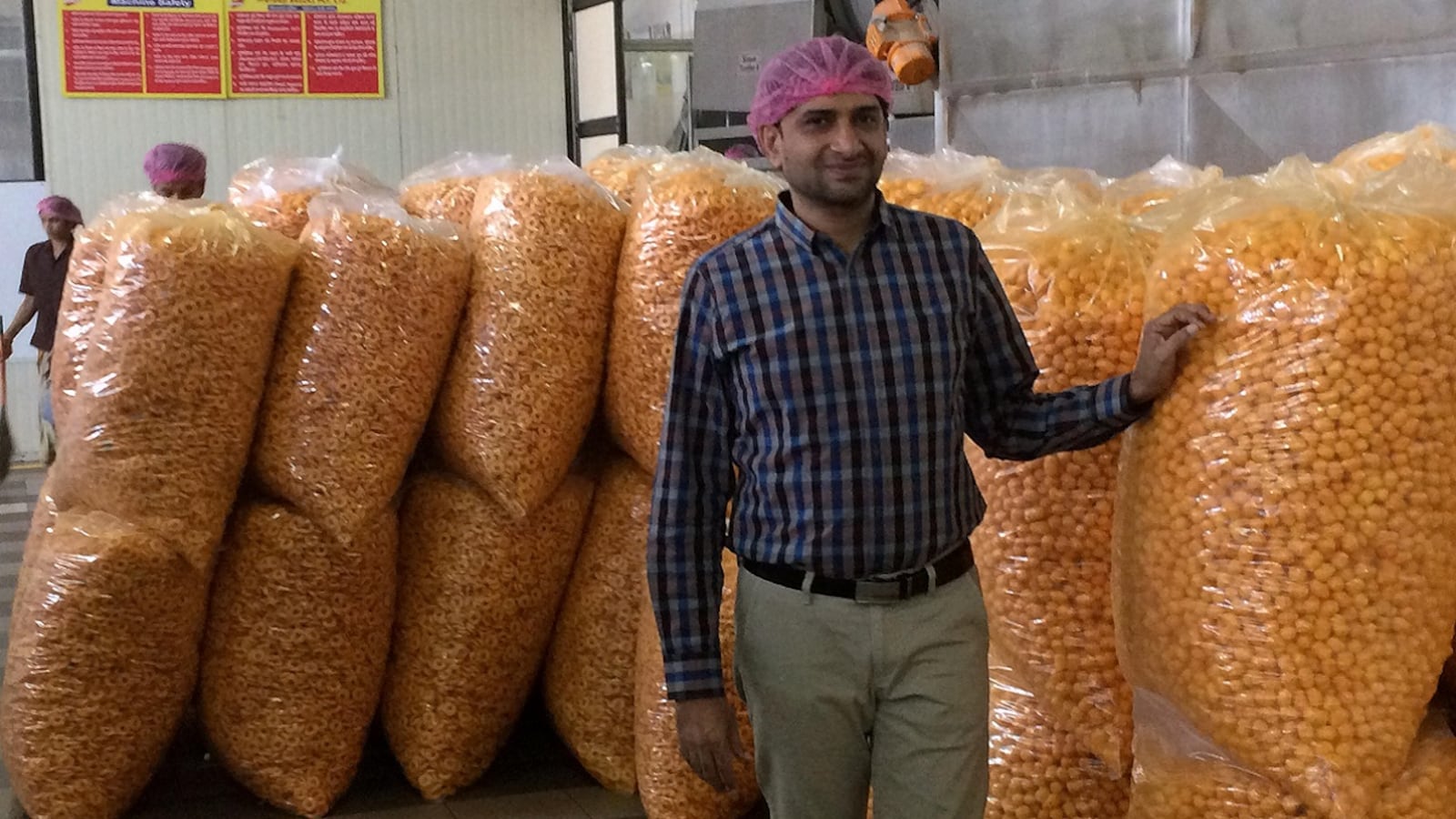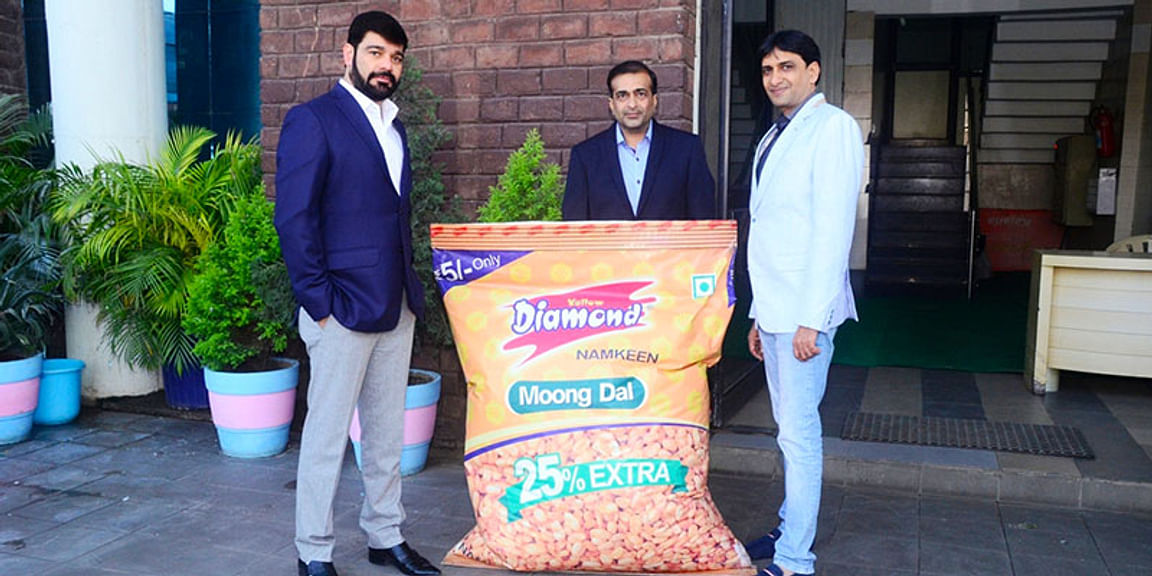Prataap Snacks FY23 margins fall on high input costs
Prataap Snacks recorded lower margins in FY23 because of rising raw material costs, said the company in its annual report released on July 10.
In FY23, the company experienced a significant decrease in its operating EBITDA (Earnings Before Interest, Taxes, Depreciation, and Amortization) by 40 basis points, resulting in a margin of 3.8 percent. This decline can be attributed to a notable rise in the prices of key raw materials, including potatoes, corn, wheat, and packaging laminate. The increased cost of these inputs had a detrimental effect on the company’s profit margins.

The price escalation of essential raw materials had a direct impact on the production costs of the company. Potatoes, corn, and wheat are likely crucial ingredients or components used in the manufacturing process, particularly in food-related industries such as snacks or processed food production. The surge in the cost of these agricultural commodities would have raised the expenses associated with sourcing, processing, and storing them.
Furthermore, the price hike in packaging laminate, which is likely used for packaging the company’s products, added to the cost burden. Packaging materials play a vital role in protecting goods, maintaining their quality, and ensuring their safe transportation. The increased cost of packaging laminate would have contributed to the overall rise in production costs.
As a result of these cost increases, the company’s margins suffered. When the prices of raw materials rise, companies often face a choice between absorbing the higher costs or passing them on to consumers through price increases. If the company opted to maintain stable prices for its products, the increased production costs would directly reduce its profit margins, as reflected in the decrease in operating EBITDA.

The decrease in operating EBITDA by 40 basis points indicates a decline in the company’s ability to generate earnings from its core operations. This can have implications for the company’s financial health, profitability, and overall performance. To address this situation, the company might consider implementing strategies to mitigate the impact of rising raw material prices, such as exploring alternative suppliers, negotiating better contracts, or optimizing production processes to minimize waste and improve efficiency.
It is important for the company to closely monitor raw material prices and make informed decisions to manage cost fluctuations effectively. Additionally, developing strategies to diversify and secure the supply chain for key raw materials can help mitigate risks associated with price volatility and reduce the vulnerability of profit margins to external factors.

Prataap Snacks adopted a cost optimization strategy, which resulted in a reduction in raw material costs. It also lowered the quantity of oil used in its recipes and downsized its packets and implemented other mechanisms such as reducing the middlemen in the distribution chain and streamlining its product portfolio.
Prataap Snacks’ revenue from operations increased 18 percent year-on-year to Rs 1660 crore in FY23, said the company in its annual report. However, the snack company’s net loss widened three times to Rs 18 crore year-on-year in the same period.
The company operates in three distinct verticals: extruded snacks, potato chips, and nankeen and sweet snacks. Each vertical focuses on producing different types of snacks to cater to a diverse consumer base.
The extruded snacks section is a significant contributor to the company’s overall revenue. It consists of two prominent brands: Yellow Diamond and Avadh. In the fiscal year 2023 (FY23), these brands collectively accounted for 58 percent of the total revenue generated by the company. Extruded snacks typically refer to snacks made by subjecting a dough-like mixture to high pressure and heat, resulting in their distinctive shape and texture.
Potato chips, another vertical within the company, also played a crucial role in revenue generation. In FY23, potato chips contributed 23 percent of the total revenue. Potato chips are thin slices of potatoes that are deep-fried or baked until crispy, providing consumers with a crunchy and savory snacking option.
Namkeen, a traditional Indian snack category known for its savory flavors, constituted 16 percent of the company’s total revenue in FY23. Namkeen snacks often include a wide variety of ingredients such as chickpea flour, spices, nuts, and dried fruits, resulting in a diverse range of flavors and textures.
The remaining 3 percent of the total revenue in FY23 was attributed to the sweet snacks vertical. Sweet snacks typically encompass a range of confectionery products, such as cookies, cakes, pastries, and other sweet treats.

Overall, the company’s revenue distribution in FY23 highlights the significant contributions of extruded snacks, potato chips, namkeen, and sweet snacks to its overall business. This diversified portfolio enables the company to cater to different consumer preferences and capture a larger share of the snack market.
Prataap Snacks is a renowned snack food company that has planned to expand its operations by establishing a new manufacturing unit in Jammu and Kashmir. This strategic decision aims to cater to the markets of Jammu and Kashmir, Punjab, and Himachal Pradesh more effectively.
Currently, Prataap Snacks operates a total of 15 manufacturing facilities across India. Among these, they own seven facilities located in Indore, Assam, Bengaluru, Rajkot, and Kolkata. These owned facilities provide the company with direct control over the manufacturing process and allow them to maintain consistent quality standards.
In addition to the owned facilities, Prataap Snacks also operates eight contract manufacturing facilities. These facilities, located in Kolkata, Bengaluru, Hyderabad, Patna, Kanpur, Karnal, and Hisar, are operated by third-party contractors. This approach enables Prataap Snacks to expand its production capacity without directly owning and managing all the facilities.
By strategically locating the new manufacturing unit in Jammu and Kashmir, Prataap Snacks aims to tap into the potential of the region and establish a stronger presence in the northern part of India. This move will allow the company to efficiently serve the snack food market in Jammu and Kashmir, Punjab, and Himachal Pradesh, leveraging its existing distribution networks and brand recognition.
Overall, Prataap Snacks’ expansion plans demonstrate its commitment to growth and meeting the demands of consumers in various regions of India.
The company’s cash flow from operating profit increased 73 percent year-on-year to Rs 73 crore. Prataap Snacks net cash flow from financing activities grew 20 times year-on-year to Rs 51 crore.
